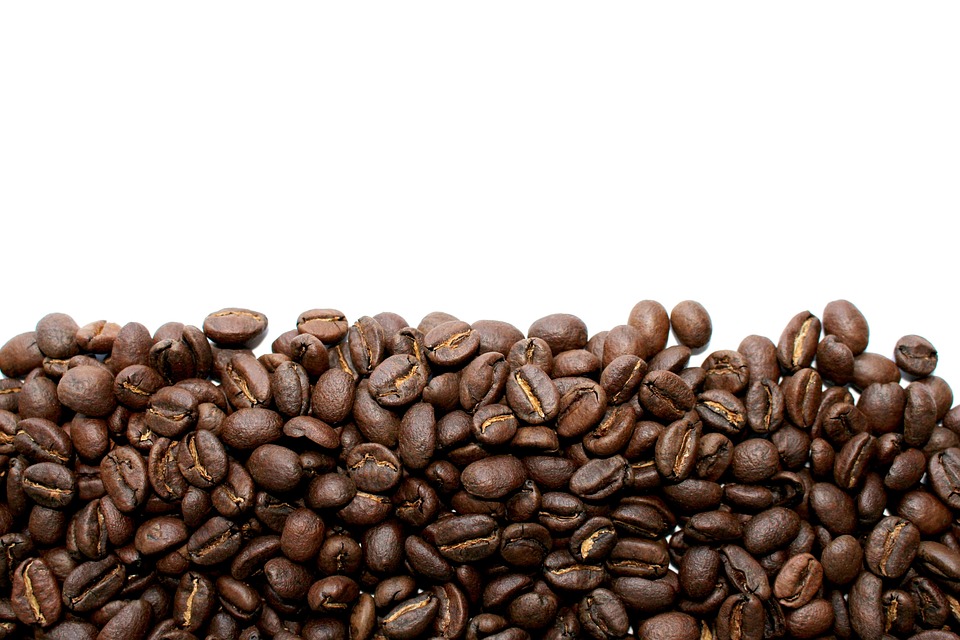Roasting is more than just a cooking technique; it is a cultural cornerstone that unites communities, showcases traditions, and celebrates flavors. Across the globe, roasting has evolved into a craft that reflects local ingredients, culinary practices, and societal values. This article delves into the cultural significance of roasting in various cuisines, examining how the technique embodies the heart of culinary heritage.
The Art of Roasting
Roasting involves cooking food evenly in an oven or over an open flame, allowing the natural sugars within ingredients to caramelize, while also creating a rich, flavorful crust. This simple yet transformative technique amplifies flavors and textures, making it a preferred method for cooking meats, vegetables, and even fruits. However, roasting does more than enhance taste—it serves as a medium to express emotions, beliefs, and cultural narratives.
Global Perspectives on Roasting
Middle Eastern Traditions
In Middle Eastern cuisines, roasting holds significant cultural value. Dishes like shawarma and kebabs showcase marinated meats roasted over open flames, often served during family gatherings and festive occasions. The communal aspect of sharing roasted foods fosters connections among families and friends, reinforcing social bonds. Additionally, spices play a vital role, reflecting the region’s rich trade history and culinary techniques that have been passed down through generations.
The American Barbecue
In the United States, roasting transforms into a communal ritual, particularly through barbeque culture, where meats are slow-cooked over wood or charcoal. Regional variations—from Texas brisket to Kansas City ribs—celebrate local flavors and community pride. Barbecues are often community events, allowing people to gather, connect, and enjoy the fruits of their labor. The significance of roasting here extends beyond food; it symbolizes community togetherness, regional identity, and cultural heritage.
Latin American Cookouts
In Latin America, asados (barbecues) bring families and friends together to enjoy roasted meats and a variety of side dishes. In countries like Argentina and Brazil, grilling is not just a culinary practice but a social event that encapsulates national pride. Roasted pork, beef, or chicken, often accompanied by chimichurri or salsa, reflects the importance of family and friendship. These gatherings are often characterized by music, laughter, and storytelling, embodying the cultural significance of roasting in creating shared experiences.
Asian Inflections
Roasting also plays a crucial role in Asian cuisines, particularly in Chinese cooking with dishes like roast duck and whole roasted pigs. These dishes often mark special occasions—festivals, weddings, and family reunions—signifying abundance and prosperity. The Master Chef who executes the roasting might be celebrated for their expertise, reflecting cultural reverence for culinary skills. The ritualistic nature of food preparation and consumption highlights roasting as a form of art, deeply ingrained in cultural practices.
Health and Sustainability
Aside from its historical and cultural significance, roasting offers health benefits and aligns with a sustainable approach to cooking. Roasting allows for the natural flavors of ingredients to shine without the need for excessive oils or fats. In an era where sustainability is paramount, roasting vegetables, grains, and proteins can minimize food waste and shift towards a more plant-based diet while still celebrating rich flavors.
Conclusion
The cultural significance of roasting transcends mere cooking. It embodies traditions, strengthens community ties, elevates flavor, and celebrates regional identity across the globe. Whether it’s the roasting methods of Middle Eastern shawarma, the informality of American barbecue, the gatherings of Latin asados, or the celebratory essence of Chinese roast dishes, roasting is a culinary art steeped in cultural narratives. So the next time you savor a roasted dish, remember: you’re not just enjoying a meal but participating in a rich tapestry of global cultural legacy.



